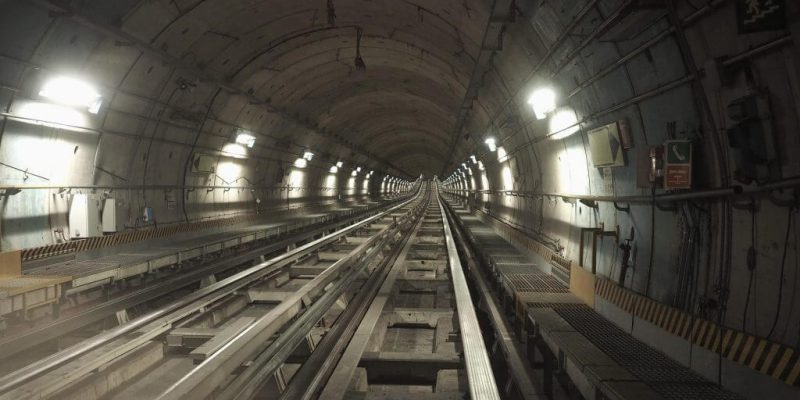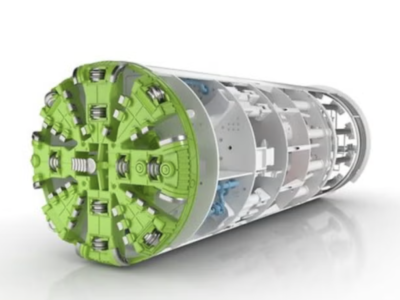
Cooperating with advanced digital twin start-up Spinview, Transport for London (TfL) has started creation of a digital twin of the London Underground.
In order to improve the safety and efficiency of maintaining the network by monitoring tracks and tunnels and providing detailed 3d images, as well as providing data on heat levels, noise levels, and carbon emissions, the intended digital model will be created.
Spinview was awarded the government’s smart grant, which will fund the partnership. It will support the Mayor of London’s ambition to have a zero-carbon railway by 2030.
The first step of this project will be modeling the Piccadilly Line, one of the Underground’s deep tube lines with some track as low as 30m beneath ground level. The ability of capture and scanning technology causes Spinview’s innovative to be qualified to carry this out.
Accessing to the data prepared by the digital twin, employees across TfL will have improved manage assets and availability to the environmental targets.
Spinview’s world-first Deep Rail Sensor (DRS) device will not only capture the geometry of the spaces, but it will sniff out the environmental pollutants. This will establish a true baseline for the Underground’s current carbon emissions, allowing for more accurate measuring and tracking of the progress towards its environmental goals.
While formerly mapping all details of the deep tube was impractical, the digital twin is going to present a real-world replica with information that has previously been camouflaged, such as faults, heat hotspots, and noise sources. Moreover, the engineers will be permitted to inspect issues outside of the current engineering hours of 1-5 am.
TfL director of the Piccadilly Line upgrade project Paul Judge said: “This partnership with Spinview offers us a really exciting opportunity to gain real-time access to our assets on the Underground network, many of which we can currently only inspect during engineering hours.”
“Not only will using digital-twin technology support the smarter, more efficient maintenance of the railway, it will also enable us to more accurately monitor environmental challenges such as carbon emissions, noise levels, and heat as we strive to do more to lessen our carbon footprint and help tackle the climate emergency. This is another example of us working with a wide range of market innovators to stay at the forefront of technology,” added Paul Judge.
According to Spinview co-founder and chief executive Linda Wade: “We are thrilled to support TfL in its ambitions to achieve a zero-carbon railway by 2030. By establishing a visually intelligent ecosystem for TfL, Spinview hopes to not only help TfL in tracking its environmental goals but also to support in facilitating better decision-making, driving forward business efficiencies, saving costs, and future-proofing the network in the long-term.”
















